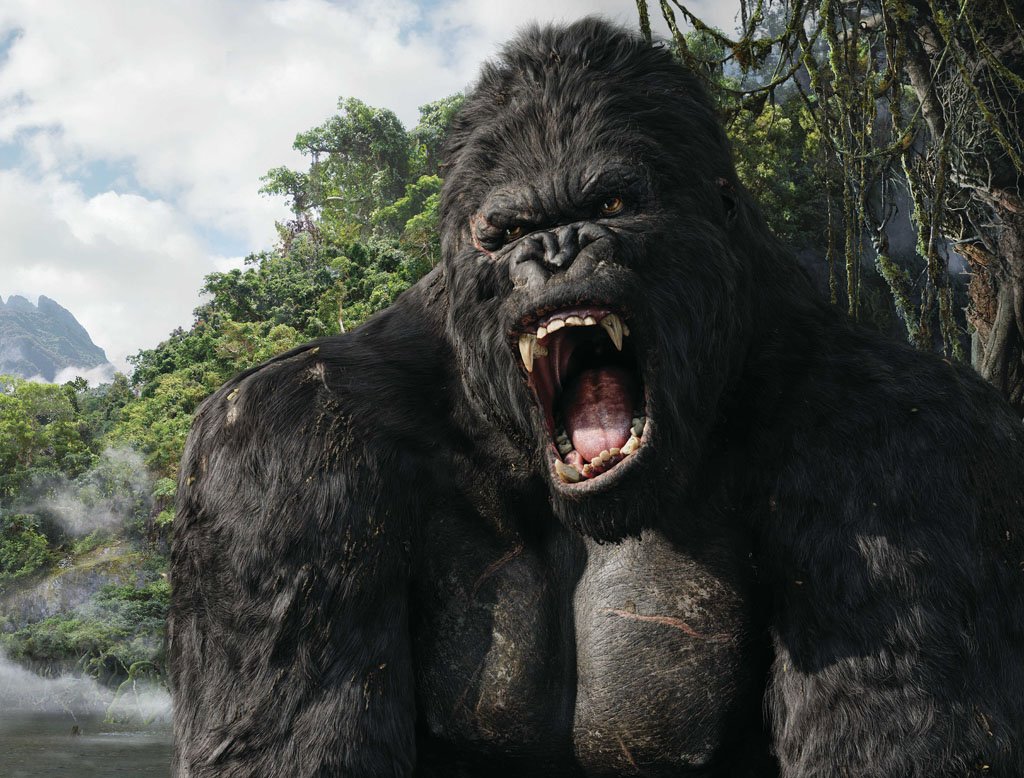An ape thought to be the largest in Earth’s history died out because it couldn’t adapt or get enough food in a changing landscape about 100,000 years ago, scientists argue in a new study. The giant ape Gigantopithecus weighed an estimated 200 to 500 kg, or 400 to 1,111 pounds. That’s up to three times heavier than the largest living species of gorilla, the Eastern lowland gorilla.
An ape thought to be the largest in Earth’s history died out because it couldn’t adapt or get enough food in a changing landscape about 100,000 years ago, scientists argue in a new study.
The giant ape Gigantopithecus weighed an estimated 200 to 500 kg, or 400 to 1,111 pounds. That’s up to three times heavier than the largest living species of gorilla, the Eastern lowland gorilla.
Scientists in Germany from the University of Tübingen and from the Senckenberg Research Institute in Frankfurt examined ape’s demise in a study published in the journal Quaternary International.
They argue that analyses of fossil tooth enamel show that the ape could live only in forests during a time when much of the landscape in its native Asia was turning to savanna.
“When during the Pleistocene era more and more forested areas turned into savanna landscapes, there was simply an insufficient food supply for the giant ape,” said Hervé Bocherens of the University of Tübingen, one of the authors.
It’s unclear what Gigantopithecus, an ancestor of the orangutan, ate. Some scientists assume a strictly vegetarian lifestyle, others consider the ape a meat eater, and a few believe it ate only bamboo.
“Unfortunately, there are very few fossil finds of Gigantopithecus—only a few large teeth and bones from the lower mandible are known,” said Bocherens. His team’s study, he added, indicates that “Gigantopithecus was an exclusive vegetarian, but it did not specialize on bamboo.”
The teeth studied came from China and Thailand—among them the first known fossil of Gigantopithecus, discovered by paleoanthropologist Gustav Heinrich Ralph von Koenigswald in 1935 among a collection of fossils from a Chinese pharmacy.
The results show that the giant ape’s habitat was restricted to forest even though it was probably too heavy to climb trees, the researchers said. This was the case both in China and Thailand, where open savannas would have been available in addition to the wooded landscapes.
“Relatives of the giant ape, such as the recent orangutan, have been able to survive despite their specialization on a certain habitat,” Bocherens noted. But “orangutans have a slow metabolism and are able to survive on limited food. Due to its size, Gigantopithecus presumably depended on a large amount of food.”










